ServiceNow uses a single-tenant architecture, which ensures that each client in the cloud receives its copy or several copies of ServiceNow. These copies are known as instances of ServiceNow. Users can access an instance via a web browser using a specific URL for each instance.
Each instance can run several side-by-side applications, so a single instance might theoretically host the same base URL for an ITSM, HR, CSM, and Custom Apps. This makes it possible for ServiceNow to serve as a single recording device for multiple business applications, enriching each application by data sharing. For example, an Employee Onboarding Workflow could be launched by the HR application, which in turn generates a series of requests to set up the machine of the new employee in the ITSM application.
Also, the single-tenant architecture ensures that every instance is separated from every other instance of ServiceNow. Isolating instances helps enterprises to keep separate their data and processes. To ensure that systems with confidential data are kept separate from more democratized processes, certain organizations will use some examples.
To get in-Depth knowledge on ITSM Tool you can enroll for a live dem0 on Servicenow Training.
Using Multiple Examples
For implementation purposes, a more common way for companies to use several instances is to distinguish various environments, most commonly.
- Instance for Growth
- Instance of Examination
- Instance Of Output
Or, more generally, as they are called: dev, test, and prod. Notice that dev and test instances are post-fixed in the above sample URLs with dev and testing. Most often, this is how you can see the instance URLs represented with only the company name or instance name containing the production.
Occasionally, with just two or more than three cases, you will come across organizations and even encounter other identifiers such as QA, Staging, or Sandbox. Using several instances in this manner encourages developers to use a structured method to operate in non-prod instances and facilitate development work. This means that improvements to the instance can be thoroughly checked before promoting them into the prod setting (such as customizing forms or introducing new code).
The Example
A ServiceNow environment example of two companies
The example of the ServiceNow setting shows ServiceNow’s two hypothetical customers. I may have taken the names of a few family dogs and used them to concoct fake business names. Every organization has opted for three examples, as you can see: dev, evaluate, and prod.
There are 6 ServiceNow instances in total. Each instance has a specific collection of users permitted to use the instance, unique groups to which it is possible to assign users, and unique data stored in the other tables. For any of the other cases, a shift in one instance does not affect. If Dallas Dogfood makes a shift in the example of dallasdogfooddev, it will only be affected. It does not affect the test or prod and no effect on instances of the Dixie Rose Distribution Services.
Take your career to new heights of success with servicenow certification.
Currently, even though in each instance the same usernames exist, they are not guaranteed to have the same password. In any case, the user might (and most probably should) set a different password for security purposes.
Each instance may have numerous apps installed in them as well. To conduct its deliveries, Dixie Rose Delivery may use CSM Field Services, while Dallas Dogfood may instead use the ITSM and ITOM suite of applications. This is to run its automated factory. Additionally, without actually deploying it to production, Dixie Rose Delivery could explore the use of the ITBM Project Management framework.
Promote and Clone
As a final note on instances, it is beneficial to note that once tested by Dixie Rose Deliveries. They have several choices to synchronize their dev and output instances with each other again.
First, they may choose to install the application for ITBM Project Management in Production and encourage any improvements they have made to ServiceNow. This can be referred to as supporting Update Sets.
They might alternatively decide that ITBM is a bad match for their company and instead opt to clone the instance of production over the instance of dev. Besides, this would make Dev a carbon copy of Prod, making it ready for more growth and progress.
ServiceNow Developer instance
Examples from ServiceNow Creator are great to help you learn more about ServiceNow, test features, or just try to break it. You can power up these SaaS instances. Then at any time you like, you have the opportunity to delete them and start over. This is from a developer and starts kicking the tires. Then because most of my articles concentrate on automation, we will provide ServiceNow’s (basic) API integration setup.
This will be a no-brainer for everyone in the ServiceNow culture. This will be new ground for many of my blog readers and is important for some of my upcoming posts to follow.
Build an account to receive an example from a developer.
Walkthrough the registration steps for ServiceNow
Log in to ServiceNow you have registered, and select Request an Instance.
The ServiceNow release models, in alphabetical order, are named after cities. So, you can pick from Madrid, New York, and Orlando, as you can see in Figure. The most recent release is Orlando. Select the most recent update available to you and choose Request.

Normally, your example will be available in a matter of seconds when you choose the new update and pick Request! As seen in Figure 2, you’ll receive a notification.
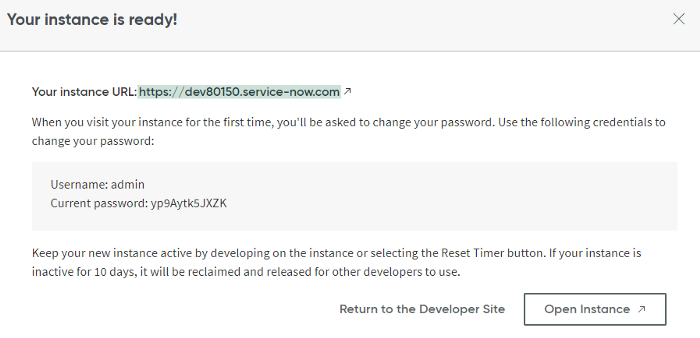
To start the ServiceNow instance, take note of your instance URL and admin password, and then select Open Instance. (Note also that the case is retrieved after 10 days of inactivity).
Take care of that, and then, as shown in Figure 3, you can see the home page of ServiceNow.
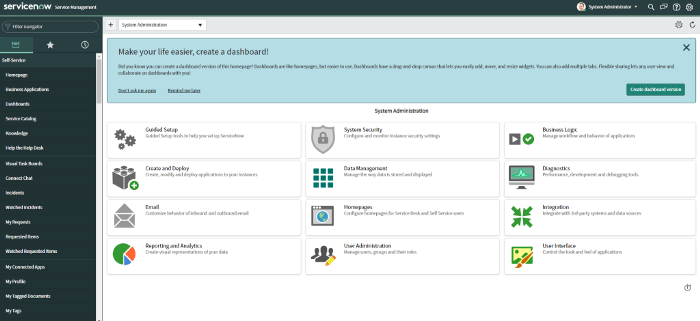
Congratulations! You have an example of a ServiceNow creator!
Get hands-on experience on ITSM with expert knowledge through the best servicenow online trainingat Onlineitguru.
Build an API access Service Account
Now that we have an example, to be used as a service account for API access, we need to build a new user. For this case, we will make simple access and authentication possible. Look for a safer approach for your ServiceNow team for production deployment (such as OAuth).
Type ‘users’ in the left-hand navigation, and then go to Device Security->Users and Groups->Users, as shown in Figure 4.
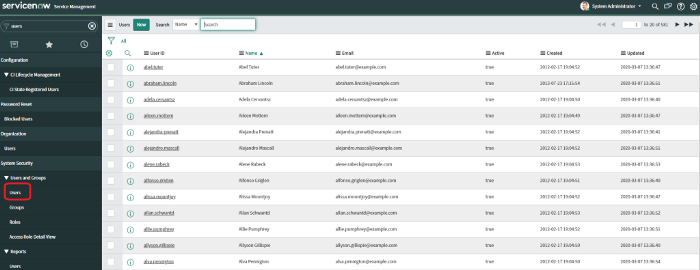
The developer instance includes sample data, as you can see in Figure 4. To build a new account, click new. Populate the user details, enter a password, and select Send, similar to Figure 5.
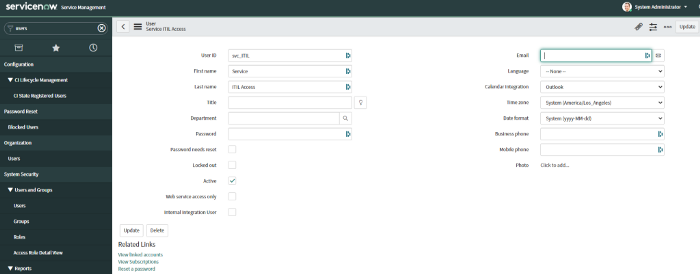
Next, select the record to open the information view again, select the Roles tab, and then press Edit as shown in Figure 6.

As shown in Figure 7, grant the following roles from the Edit Members page: ITIL, and snc platform rest API access. This gives appropriate rights for your service account to create/modify events, queries, and perform other ITIL functions. For your development situation, make sure to limit service account access as much as possible.
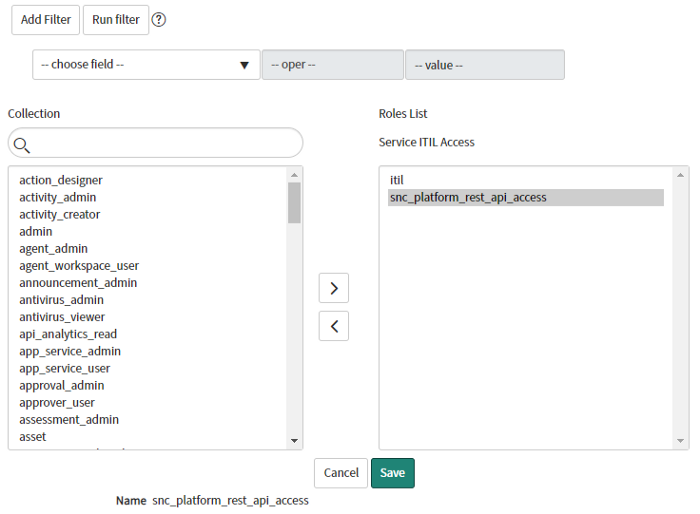
Tap to Save Modifications.
Conclusion
In the past, few IT businesses have battled with an outdated ITSM scheme. In terms of service quality, they thought that this would draw them back into the global industry. IT businesses were under pressure by this potential insecurity to outsource their management and maintenance problems. It contributes to consumer frustration that results in spending and ends up taking the time. Through ServiceNow, IT businesses will operate on a common board with all departments, which allows you to save both time and money. You can learn more about these instances through ServiceNow online training.

























